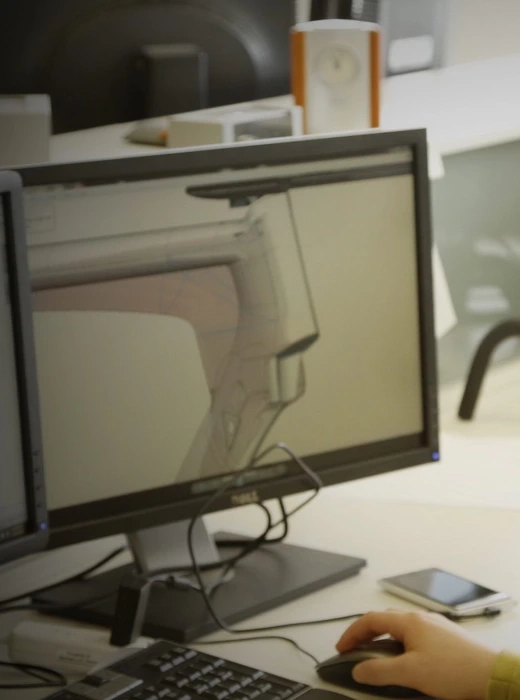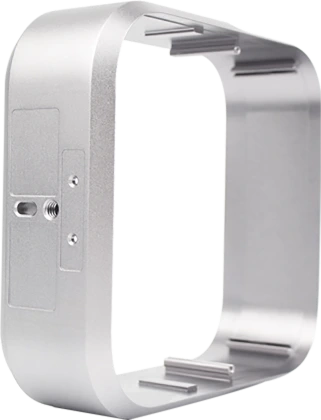- Room 202, Building 7, No. 125, Yongjun Road, Dalingshan Town, Dongguan City.
What is die casting?
Die casting (pressure casting) is a metal forming process in which molten metal (such as aluminum alloy, zinc alloy) is rapidly injected into a steel mold cavity under high pressure (20-200 MPa), and then rapidly cooled to form precise metal parts. This process is suitable for the mass production of complex thin-walled structures, and the mold life can reach over 100,000 cycles. Typical products include automotive engine housings, electronic device heat sinks, etc., and it combines the advantages of high efficiency and near-net-shaping.
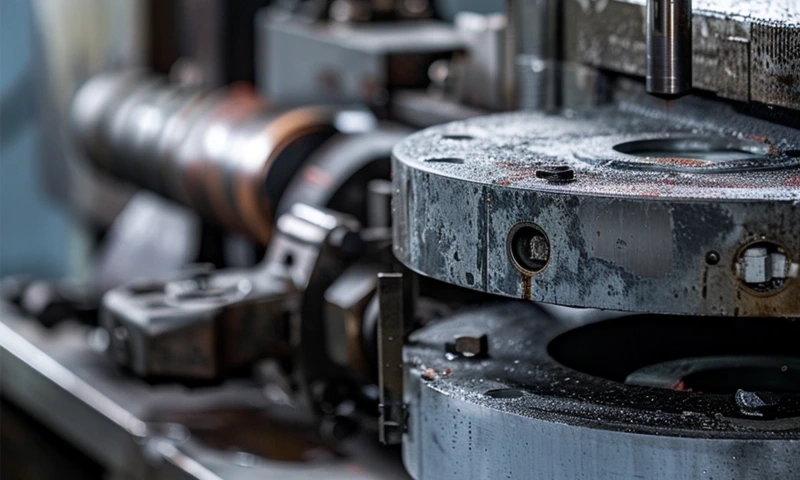
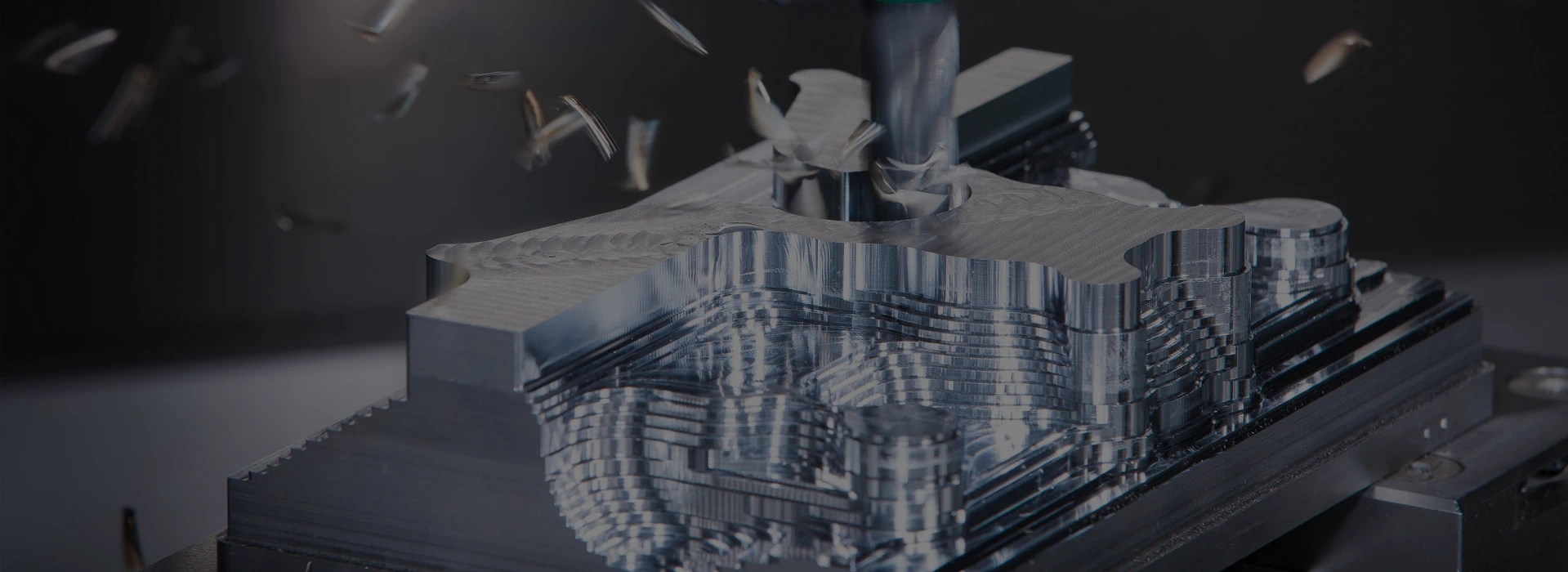
Why Choose Qiying's Die Casting?
Qiying die casting has become the preferred choice in the industry due to its high precision, high efficiency and cost-effectiveness. It adopts advanced cold/hot chamber die casting technology and combines it with an intelligent control system to ensure high dimensional stability and excellent surface quality of complex parts such as automotive and 3C product structural components. Qiying's molds have a long service life and short production cycle, and combined with strict quality control, significantly reduce the scrap rate. At the same time, its customized services can meet the needs of different industries, achieving a balance between lightweight and high strength from aluminum alloys to magnesium alloys, making it an ideal choice for the precision manufacturing industry.
Our Die Casting Processes Services
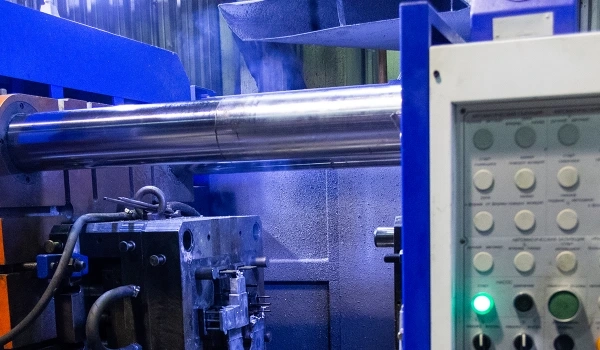
Hot-Chamber Die Casting
Hot-chamber die casting is a metal casting process specifically designed for low-melting-point alloys like zinc, tin, lead, and magnesium. This process is the most common and faster method than cold-chamber die casting. In this method, the metal is melted within the casting machine, in a furnace connected to the machine. A hydraulic system injects molten metal into the die under high pressure. This process is efficient for producing intricate shapes with high-quality materials that have lower melting points. Still, it is not suitable for alloys with higher melting points due to the risk of damaging the pump that injects the molten metal.
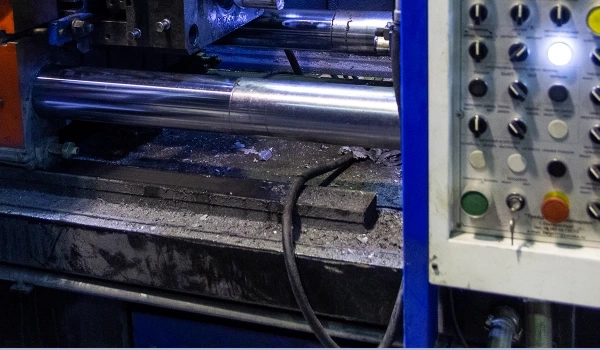
Cold-Chamber Die Casting
Cold-chamber die casting involves introducing molten metal at room temperature into a separate shot chamber using a ladle or pouring method. The shot chamber contains a ram that vertically forces the molten metal into a steel mold (die) with movable and fixed sections. The ram applies pressure ranging from 2,000 to 20,000 PSI to propel the molten metal into the die. The pressure is maintained until the metal cools and solidifies, after which the finished product is ejected from the die.
Key application areas

Automotive industry
Key components: engine block, transmission housing, steering knuckle
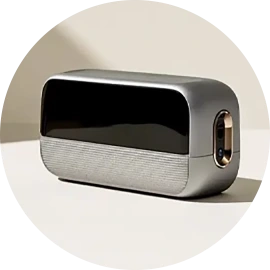
3C Electronics
Typical products: Phone body frames, 5G base station heat sinks, Laptop exteriors
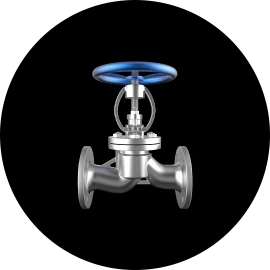
Industrial Equipment
Heavy components: Hydraulic valve blocks, pump bodies (with a pressure resistance of over 50 MPa)
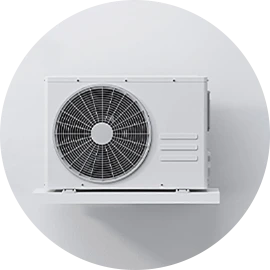
Household Appliance Manufacturing
Batch items: Air conditioner compressor housing, washing machine counterweight blocks
The core advantages of die casting
Single-piece cycle time: 15-60 seconds, suitable for large-scale production
(annual output of millions of pieces)
Multi-chamber molds for synchronous production
(e.g., 64 chambers in one mold for zinc alloy lock latches)
Surface roughness: Ra 1.6 - 3.2 μm
(can be directly electroplated / sprayed)
Capable of forming features such as threaded holes, concave-convex grooves, etc.
(eliminating the need for subsequent processing)
Inlay pre-embedding (such as copper sleeves, magnets)
Tolerance can reach CT6 level (±0.1mm/100mm)
Minimum wall thickness:
0.3mm (aluminum alloy) / 0.2mm (zinc alloy)

Die Casting Classification
Low-pressure die casting
Pressure range: 5 - 20 MPa
Features: Smooth filling, porosity < 1%
Application: Aluminum alloy wheels, high-density hydraulic components
High-pressure die casting (HPDC)
Pressure range: 50 - 150 MPa
Features: High-speed filling (30-100 m/s), thin-walled parts (minimum 0.3 mm)
Application: Automotive structural components, 3C product casings
Request A Quote
undefined

